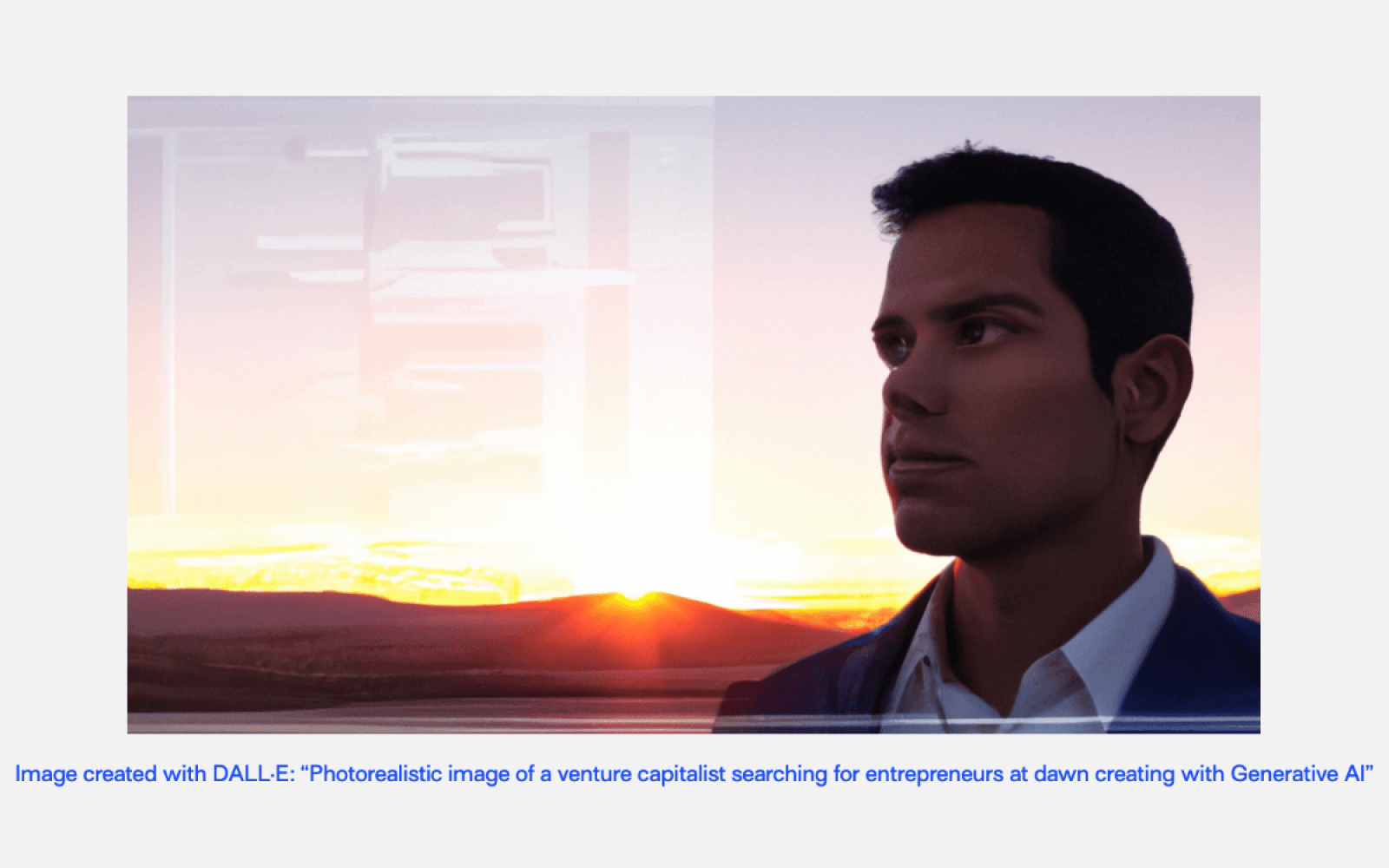


Hackers or Heroes?
As we are in the early phases of a Cambrian explosion of generative AI applications, I’ve been thinking about how to make sense of the madness. There is a huge volume of companies being started, with many more to come, and it is very difficult to separate the signal from the noise and to assess the various teams that are building in this space.
The most common rubric that I’ve heard from investors is to invest in what I’ll call “heroes”. These are folks who are proven, pedigreed, successful folks who have built things of note in the past. In a world where outcomes are unpredictable, at least you can feel good about backing known winners who should have an advantage in attacking this opportunity.
But I wonder if this is the right move. Especially when the prices of AI companies founded by these sorts of folks approach or exceed what we saw during the most recent bubble. Something does not compute.
As I wrote in my previous post, I’ve been thinking about generative AI through a series of analogies. And one analogy that comes to mind is that of Web2.0. Similar to Web2.0, the cost of building applications has collapsed, which expands the number of new companies and products being released on a daily basis.
Here’s the interesting thing – I’d argue that the most successful application companies in the early Web2.0 days were not built by heroes, but by hackers. These folks were very smart and capable, but their profiles were not the sort of folks that the market believed were extraordinarily well suited to build a great company. Think Alexis Ohanian or David Karp or Caterina Fake, or Matt Mullenweg or Cyan Bannister. Some of these folks are household names today, but at the time, they were more hacker than heroes.
This leads me to a hypothesis. I wonder if the types of founders that succeed at the application layer tend to look quite different at different moments in an innovation wave. Perhaps early on, the market rewards folks who behave more like technical tinkerers vs. domain experts or business problem solvers. This would make some sense as the technology and market canvas is shifting quickly, rewarding certain attributes over others. As a technology wave stabilizes and then matures, the balance shifts more towards the domain experts and problem solvers.
This also gets me thinking about the best investors during this period. Arguably, that would be USV and folks like them. USV performed extraordinarily well backing hacker-style founders during the Web2.0 era, and even crushed it during the last crypto wave by backing a similar profile of founder in Brian Armstrong.
The thing about USV is that they largely invest post-traction. They are just better than others are appreciating early traction in unexpected places. This isn’t surprising, since uncertainty during the early phases of an innovation wave makes investing pre-traction very difficult. Also, things that get to traction sometimes do so by accident, as was the case with Twitter.
This same dynamic probably holds in the world of generative AI. But unlike Web2.0, anything with traction today that leverages AI will be priced to perfection. And so it makes me think that the best opportunities are probably more in fringe areas vs the more obvious, linear applications of the technology. It’s also more likely that you’ll encounter hackers quietly discovering magic in these hidden pockets while all the heroes are slugging it out in the spotlight.





